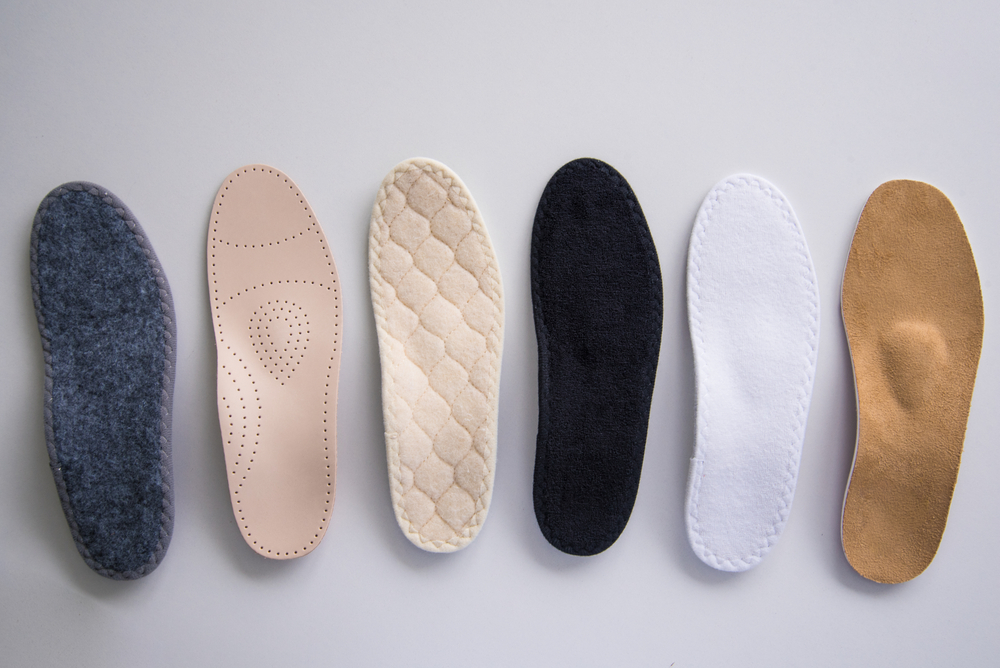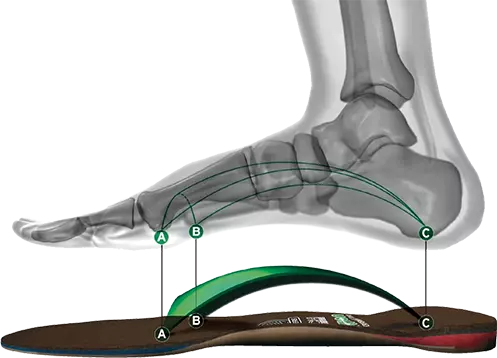Unconventional Boot Fitting Strategies Niwot CO
Unconventional Boot Fitting Strategies Niwot CO
Blog Article
Ideal Conditions for Ski Boot Fitting Firestone CO
Cold ft in ski boots is a common issue faced by skiers, affecting their comfort and overall performance on the slopes (Boot Fitting Considerations for Skiers Brighton CO). Warmth is essential for an pleasant snowboarding experience, and cold feet can diminish the fun of gliding down a snow-covered mountain. Understanding the explanations behind cold ft in ski boots and methods to fight it could make a major difference in your skiing adventures
Ski boots are designed to provide the help needed for skiing however can additionally be a supply of discomfort. A tight fit, whereas essential for control, can restrict blood move, resulting in chilly ft. This is particularly true if the boots are too small or not properly fitted. Ensuring that ski boots are the proper dimension is step one in stopping chilly toes.
Ski Boot Maintenance for Continued Fit Frederick CO
Another factor contributing to chilly toes in ski boots is moisture. When your feet sweat contained in the boots, that moisture can lead to a chilling impact because the temperature drops. Skiing usually involves high vitality expenditure, and the heat generated contained in the boots can shortly be lost as sweat accumulates. Using moisture-wicking socks or boot liners can significantly alleviate this downside.
Insulation in ski boots plays an important role in keeping ft heat. Many boots come with various degrees of insulation, and the selection of material can influence how nicely they retain heat. Insulated boots are designed to keep heat in, but choosing the proper level of insulation based on the local weather and particular person preferences is essential. Some skiers choose additional layers, while others might discover thicker liners too constricting.

Choosing the best socks is just as essential as selecting the best boots. Thick, cumbersome socks can impede circulation, leading to chilly feet in ski boots. Opting for thin, high-performance ski socks produced from materials designed to wick moisture might help maintain toes warm. Additionally, avoid cotton socks as they keep moisture and contribute to cooling down.
Another often-overlooked side is how one dresses for a ski outing. A comprehensive layering system is significant. For ski journeys, preserving the entire body warm ensures that extremities, just like the toes, keep warm as well. Investing in quality base layers, mid-layers, and outerwear might help optimize physique temperature and circulation.
Boot Fitting Resources for Skiers Erie CO
Using foot warmers or heated insoles may be particularly effective for these vulnerable to chilly toes. These devices provide a further heat source and could be present in varied varieties, from disposable chemical heaters to rechargeable battery-operated options. They can help prolong comfort throughout the day on the slopes.
Adjusting the method in which you fasten your boots can even make a major difference. Ski boots should be snug but not overly tight. A too-tight fit can constrict blood flow, resulting in chilly ft. Learning how to correctly adjust the buckles may help obtain a cushty fit that balances heat and performance.
Take notice of how lengthy you spend standing nonetheless versus snowboarding. Cold feet are sometimes exacerbated by inactivity. During breaks or while waiting in lines, feet tend to cool down considerably. Making an effort to maintain shifting, even when ready, might help keep heat.
Strategies for Long-Distance Skiing Fit Westminster CO
Plan your breaks properly. When taking a break, discover a heat spot to relaxation. Stamping your toes or doing easy workout routines can hold your blood circulating and forestall chilly ft in ski boots. Remaining conscious of your body's temperature can guide timely interventions to keep warmth locked in.
Remember that selecting the best ski resort and conditions can also have an effect on how cold toes really feel. Some areas are recognized for his or her biting winds and lower temperatures. More protected ski areas with sunnier conditions can provide a greater snowboarding expertise. Thus, the choice of skiing location can not directly affect how cold or warm your feet really feel all through the day.
Finally, staying hydrated is crucial. When the body is well-hydrated, circulation improves, which is crucial for sustaining warmth. It’s easy to neglect to drink water whereas concerned in activities, particularly in chilly weather, but making a aware effort to remain hydrated can have vital benefits.

Addressing cold feet in ski boots often involves trial and error, adapting gear and strategies to find the right solution for individual wants. Every skier is totally different, and what works for one individual won't work for another. It’s important to experiment with varied socks, boot types, and layering methods to search out the most effective mixture for oneself.
Expert Boot Fitting Tips and Tricks Frederick CO
Ultimately, enjoying skiing to the fullest requires attention to the little issues that impact comfort and performance. Understanding the causes of cold feet in ski boots and implementing methods to stop it could possibly remodel a cold ski day into an exhilarating expertise. By maintaining toes heat, skiers can focus on soaking in the good thing about the mountains and the joys of the journey.
Cold feet shouldn't be a recurring challenge however rather an opportunity for skiers to refine their setup and techniques. Emphasizing warmth and luxury ensures a more gratifying day on the slopes, allowing for longer and extra fulfilling runs. Each skier can take proactive steps to mitigate the coolness, turning snowboarding into a joyous winter journey rather than a battle in opposition to the cold.
As the season unfolds, remember that snowboarding is about enjoying the mountains, the fresh air, and the thrill of gliding on snow. Keeping cold ft at bay enhances each facet of the expertise, allowing for a concentrate on method and pleasure rather than discomfort.
Expert Boot Fitting Tips and Tricks Erie CO
Finding pleasure in skiing is feasible by addressing everything from boot fit to sock selection, layering, and hydration. By prioritizing these components, skiers can ensure they've the proper measures in place towards chilly feet, permitting every trip down the slope to be as exhilarating as supposed.
- Proper fit of ski boots is crucial; an extreme amount of room can result in chilly feet due to insufficient blood circulation.
- Insulating footbeds produced from supplies like gel or specialized foam can improve warmth by providing thermal safety.
- Toe warmers or heated insoles are efficient equipment to combat cold toes, particularly in extremely low temperatures.
- Keeping ft dry is crucial; moisture from sweat can lead to vital cooling, so moisture-wicking socks are really helpful.
- Choosing the right socks, sometimes created from merino wool or artificial blends, can significantly improve heat and luxury.
- Periodically taking breaks permits for foot movement and circulation, serving to to alleviate numbness and enhance heat.
- Ensure that ski boots are not overly tightened, which may prohibit blood move and contribute to cold sensations.
- Tuning the boot’s insulation degree based mostly on climate situations can keep feet warmer; think about fashions with adjustable options.
- Using ski boot heaters or foot heaters can present a consistent source of heat throughout lengthy outings on the slopes.
- Familiarizing oneself with layering strategies for ski gear can even assist in stopping chilly feet by maintaining general body warmth.undefinedWhat causes chilly ft in ski boots?
Strategies for Long-Distance Skiing Fit Loveland CO
Cold feet in ski boots is typically brought on by poor circulation, insufficient insulation, or moisture inside the boot. If your toes are cold, it could imply your boots are both too tight, not heat sufficient, or not fitted correctly.
How can I stop chilly toes whereas skiing?
To stop chilly toes, guarantee your ski boots fit correctly with out being overly tight. Use moisture-wicking socks manufactured from wool or artificial supplies, and contemplate boot heaters or heated insoles for added heat.
Advice for First-Time Ski Boot Buyers Lyons CO
Are ski socks essential for maintaining my ft warm?
Yes, ski-specific socks are designed to offer heat while allowing moisture to escape. They are sometimes thicker round key areas like the toes and shin, enhancing insulation without compromising comfort.
Is it okay to wear two pairs of socks in ski boots?
Wearing two pairs of socks can actually prohibit circulation, leading to colder ft. It’s better to choose on a single, well-fitted moisture-wicking sock designed for skiing.
Techniques for Better Boot Fit Longmont CO
What ought to I do if my toes get chilly whereas skiing? (Testing Fit During Ski Activities Superior CO)
If your feet become cold, take a break to warm them up. Remove your boots for a few minutes, wiggle your toes, and consider adding foot warmers or transferring to a hotter setting, if attainable.
Boot Fit Consistency and Reliability Louisville CO
Can boot liners help with chilly feet?
Yes, high-quality boot liners can significantly enhance insulation and heat. Consider custom or heat-moldable liners that conform to your foot, enhancing each comfort and thermal administration.
How essential is boot fit in preventing cold feet?
A proper boot fit is essential for stopping chilly ft. Boots should be comfortable but not overly tight, allowing for good circulation whereas preserving heat contained. Poor fitting can lead to pressure points, restricting blood move.
Understanding Boot Layout and Fit Longmont CO
Do the type of ski boots affect warmth?
Absolutely. Insulated or high-performance ski boots usually present higher thermal protection. Research the specific options of shoes, as some models prioritize warmth along with performance.
Personal Experience with Boot Fitting Wheat Ridge CO
Should I be involved about moisture in my ski boots?
Yes, moisture can contribute to cold feet. Always dry your boots thoroughly after every use, and think about using waterproof boots or gaiters to keep snow and moisture out while snowboarding.
What are some indicators that my ski boots are too tight?
Ski Boot Fit Discussions Niwot CO
Signs that your ski boots are too tight include tingling or numbness in your toes, cold feet, or noticeable discomfort when carrying them - Boot Fit Assessment Techniques Westminster CO. If you experience any of these, think about getting knowledgeable fitting or adjusting the boot size
web link click here for more Report this page